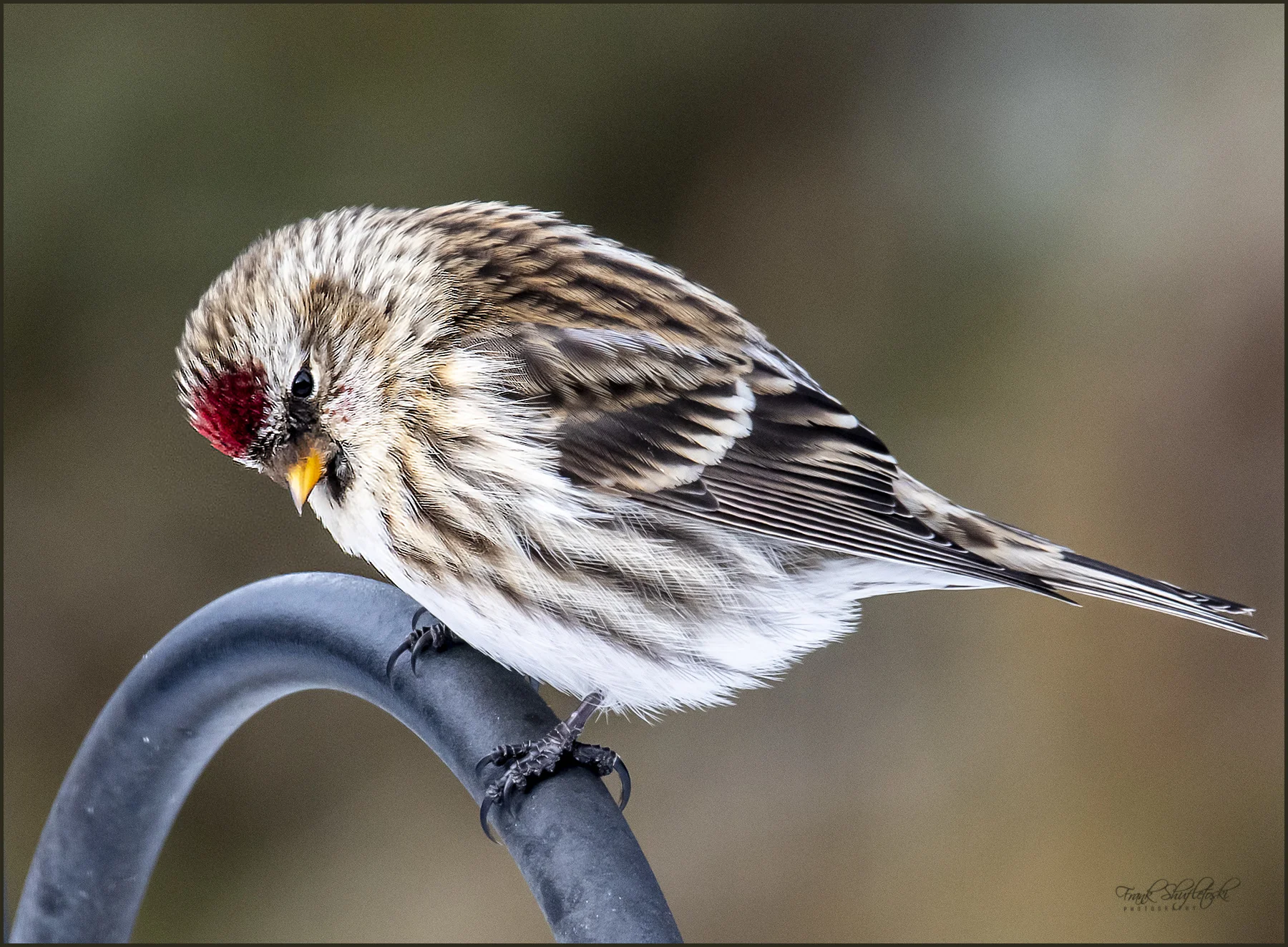
Summer could be six months long by 2100, study says
The researchers say that public health and the agricultural industry will be significantly impacted as the summer season lengthens and winter becomes shorter in the Northern Hemisphere.
From the snow melting sooner to the summer temperatures reaching new heights, the impacts of climate change on our seasons are becoming more apparent with every passing year. A study published in Geophysical Research Letters finds that human-released greenhouse gas emissions are largely causing the length of the four seasons in the Northern Hemisphere to shift, and that summer could be nearly six months long by 2100 while the winter could shrink to less than two months.
To analyze how the seasons have changed over time, the researchers used historical climate data and computer models to simulate the climate from 1952 to 2011. The data revealed that for every ten years during this period of time, summer increased by an average of 4.2 days and winter shortened by a rate of 2.1 days. Spring and fall are changing at slower rates, with both seasons becoming shorter by approximately one day every ten years.

Winter could shrink to less than two months by 2100 as the climate warms. Submitted by Carol Wells, Woodstock, Ontario
For every ten years from 1952 through 2011, spring and summer started sooner by 1.6 and 2.5 days, respectively, while fall and winter began 1.7 and 0.5 days later. If greenhouse gas emissions continue on a business-as-usual scenario, the researchers say “there is good potential for a 166-day summer and 31-day winter in 2100.”
As a result of these changes, the researchers say that the seasonal cycles in regions between the tropics and the polar circles “are no longer appropriately defined by dividing the year into four equal-length seasons.”
INDUSTRY CHALLENGES, CONFUSED ECOSYSTEMS
Some of the impacts that climate change will have on the seasons include increasingly frequent heat waves, storms, and wildfires, and disturbed agriculture seasons. In addition to changes in the weather, shifts in bird migration and plant growth cycles are some of the most apparent signals that the seasonal temperatures are no longer what they used to be. The researchers say that plant and animal species are not reacting to the changes at the same rate and extent, which is creating “mismatches” in ecosystem dynamics.
“For example, breeding birds need to select a breeding window to feed their offspring with adequate food and avoid enemies. However, due to the early spring, breeding birds breed early and the breeding window is becoming narrower, which commit them to severe food shortages and threats from predators,” the study explains.

Common Redpolls are often spotted by Canadians during the winter season. Submitted by Frank S, Gull Lake, Alberta
While warmer winters in the Northern Hemisphere might sound pleasant to those seeking an escape from the frigid cold, the study says that this will have damaging impacts on crop yields during the spring and summer.
“The insufficient chilling demand for bud dormancy due to milder winters stunt the growth of plants, resulting in reduced yields and quality,” the researchers explain. The tourism industry will also face challenges during warmer winters, as highly snow-dependent ski areas will have to contend with more precipitation falling as rain instead of snow.
While global warming is intensifying in every region on Earth, the magnitude of this warming differs from one place to the next. The data revealed that winter temperatures are warming the fastest in northern North America at a rate of more than 0.4°C every ten years, which is placing increasing stress on communities built on permafrost and Arctic ecosystems in which species rely on sea ice.
Due to natural variations in the climate, such as El Niño events that occur every few years and changing pollution levels, some areas in the Northern Hemisphere actually experienced decreasing temperatures during the spring season. The study asserts that cooling trends pose their own risks that have serious consequences as colder, earlier spring seasons pose a greater risk of false spring, which is when plants prematurely awaken from their dormant winter state but are then killed by several hard freezes.
“As lengths of the four seasons change continue, which can trigger a chain of reactions, policy-making for agricultural management, health care, and disaster prevention requires adjustment,” the researchers conclude. Increased data collection and forecasting can help society adapt to the changing seasons and the study says that “robust seasonal forecasts will enable the optimization of the operation and management of activities, such as agricultural production, and avoid some possible risks.”
Thumbnail credit: Franziskus Von Lucke. EyeEm. Getty Images












